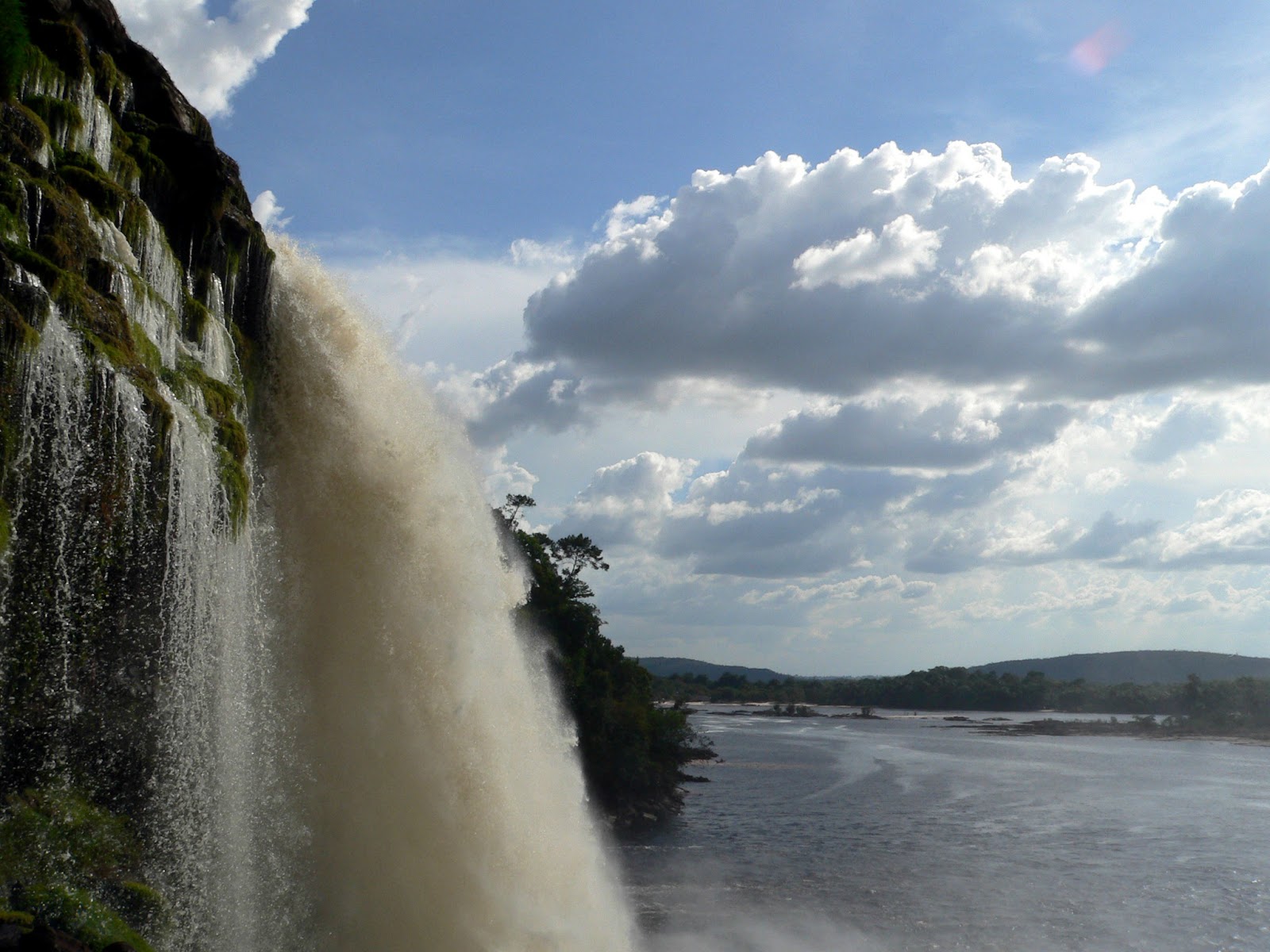Hello from Medellin , second largest city in Colombia Brazil
Yesterday I spent a very enjoyable afternoon exploring the historic centre and the Museo de Antioquia which houses a very impressive collection of contemporary Colombian art. Medellin is the home town of Colombia
Today myself and the majority of our group went on a guided tour of the city, covering the main sights outside of the centre. The highlight was a cable car up to Ruta Parque Arvi, a park in the mountains above the city. The views across the city were amazing and it is incredible to see how a city as large as Medellin
Tomorrow we are off to the coffee growing heartland of Colombia , Manizales Colombia (Neil would be at home), so fingers crossed I can get a decent strong coffee in Manizales
Anthony






















